Flaming June
Frederic, Lord Leighton Flaming June 1895, oil on canvas, 46 7/8 x 46 7/8 ins.
Courtesy, Museo de Arte de Ponce, the Louis A. Ferré Foundation Inc., Puerto Rico.
Reproduction of original tabernacle frame designed by Frederic, Lord Leighton, commissioned by Christie’s and made by Arnold Wiggins & Sons Limited, 1996.
Flaming June was first exhibited at the Royal Academy in the frame illustrated in the photograph of Leighton's studio taken in 1895. The interest in historically correct framing and the centenary of Lord Leighton's work at the Royal Academy prompted a reproduction of the original frame to be made by Arnold Wiggins & Sons. Information from the Wiggins Picture Frame Archive and drawings and casts made from Leighton's original frames made it possible for an accurate reproduction to be made.
Lord Leighton’s studio, 2 Addison Road, Kensington, London 1895. Photography courtesy National Monument Records.
Frederic, Lord Leighton was one of a group of artists, including Alma Tadema and the Pre-Raphaelites, who from the 1850s onwards experimented with the design and function of the picture frame as a reaction against the mass-produced Victorian frames. By the 1880s, Leighton had developed a distinctive tabernacle frame that he used on many of his paintings. Its inspiration was Renaissance altarpieces and especially the framing of works by Neri de Bicci who worked in Florence in the 15th century. The frame was strongly architectural with deeply fluted pilasters, Ionic capitals and a frieze of anthemion drawn from Greek antiquity: It had become more than a decorative border, it was an architectural opening - a window that helped to set the scene for his paintings.
Flaming June was first exhibited at the Royal Academy in the frame illustrated in the photograph pf Leighton’s studio taken in 1895. Victorian painting went out of fashion and some time after 1930 the painting and frame were hidden behind panelling in a house on Clapham Common. Uncovered during building work in 1962, the painting was sold to a local picture framer on Lavender Hill who priced the painting at £50 and the frame at £60. The painting finally arrived for sale in London’s West End without its frame.
The interest in historically correct framing and the centenary exhibition of Lord Leighton’s work at the Royal Academy prompted a reproduction of the original frame to be made by Arnold Wiggins & Sons. Information from the Wiggins Picture Frame Archive and drawings and casts made from Leighton’s original frames made it possible for an accurate reproduction to be made.
Drawings were made of the section and the ornament of the frame, Both modern machinery and nineteenth century moulding planes were used to shape the moulding which were assembled using half lapp and tenon joints.
The ornament, as on the original frame, was either carved in wood using different shaped chisels and gouges or cast in composition, made to a traditional recipe of resin, linseed oil, Scotch glue and whitening. Moulds were made from casts of the same ornament taken from other Leighton frames.
The frame was primed and whitened with several coats of gesso after which the mouldings and ornament were ‘smoother up’ and redefined before the bole was applied. For a more solid gold appearance the frame was double water gilded and matted with gilders ormolu mixed to a contemporary recipe and applied to give a deeper and richer colour





